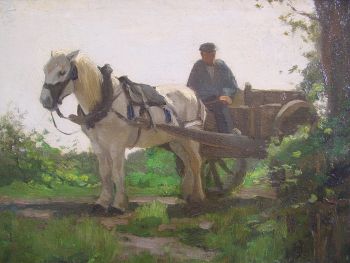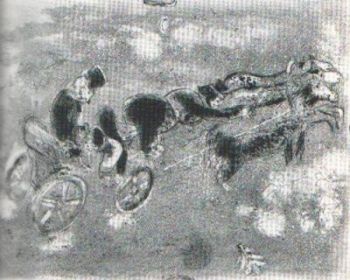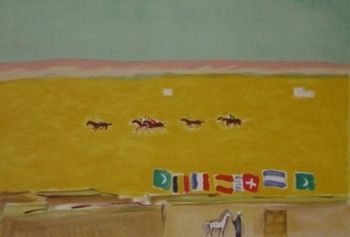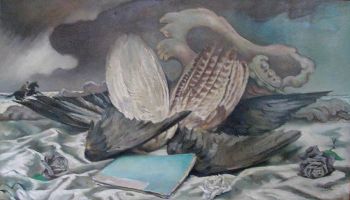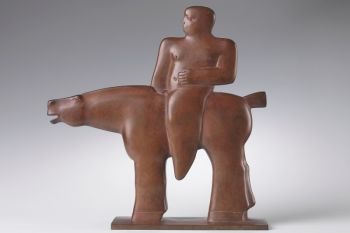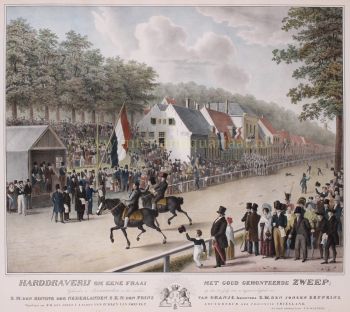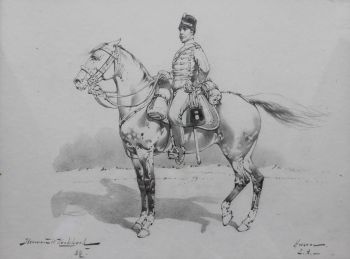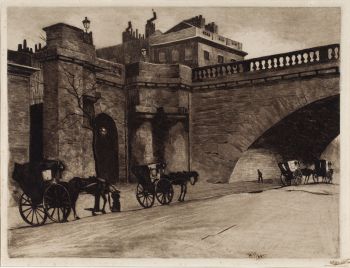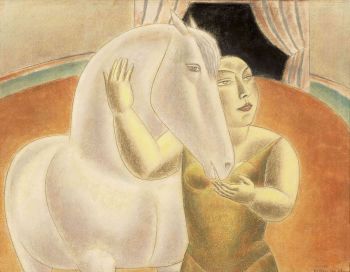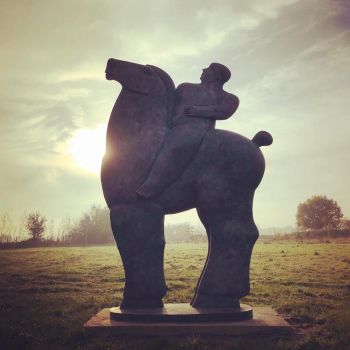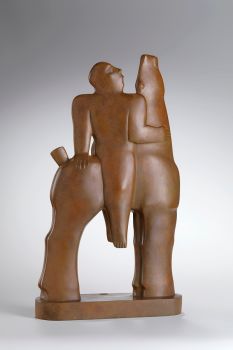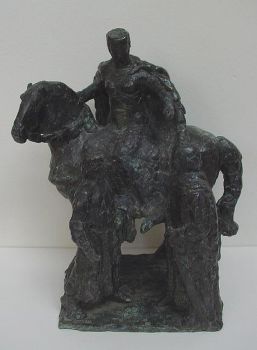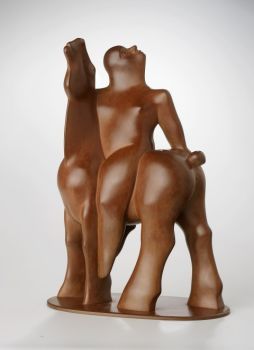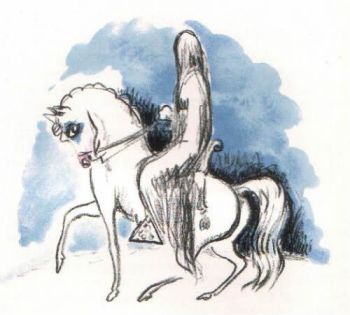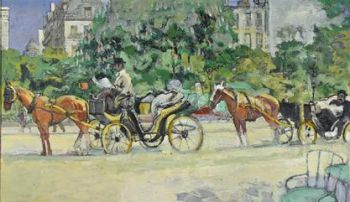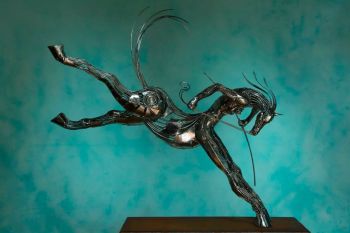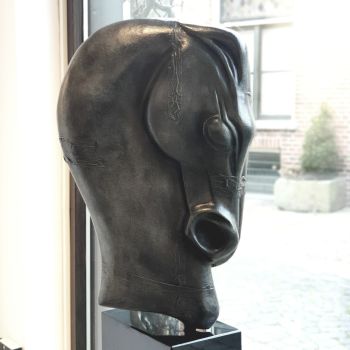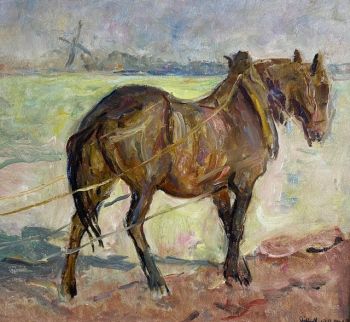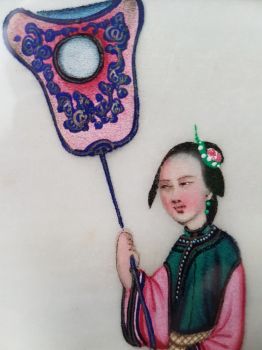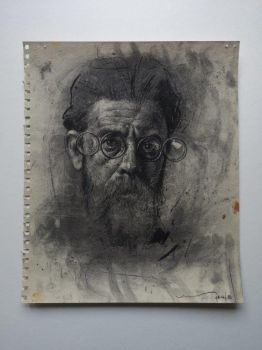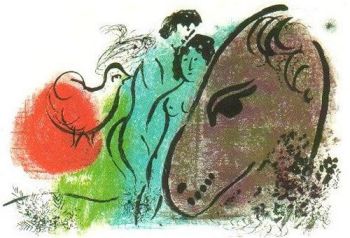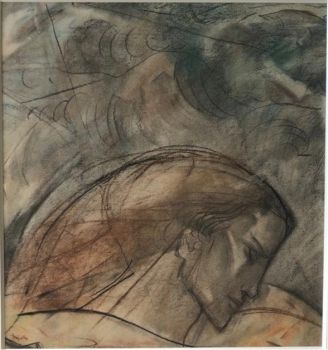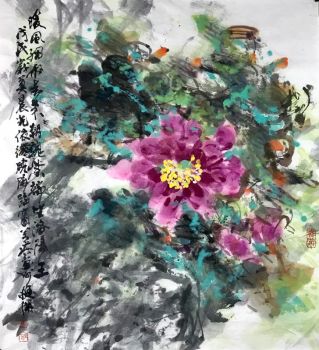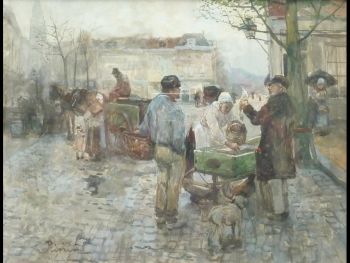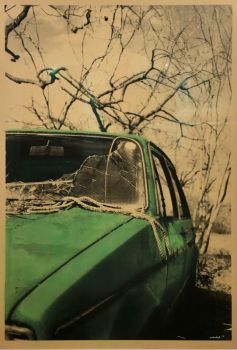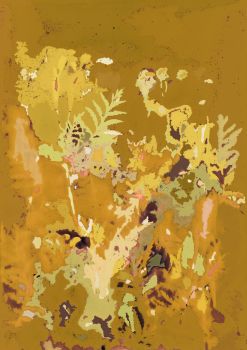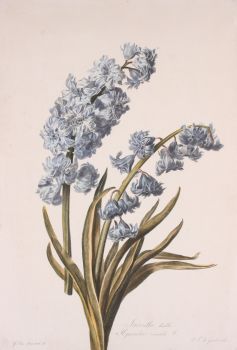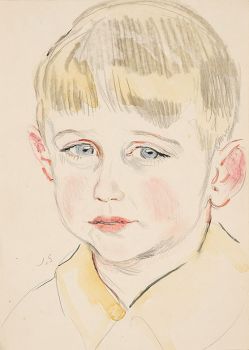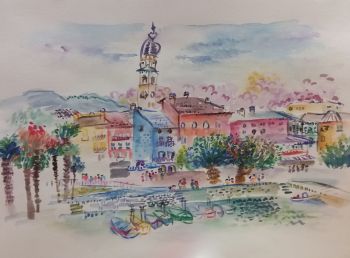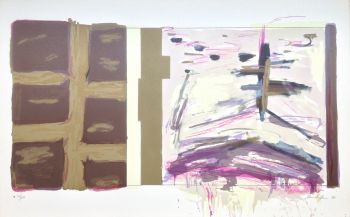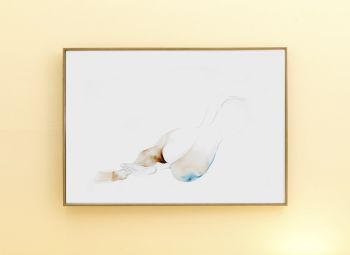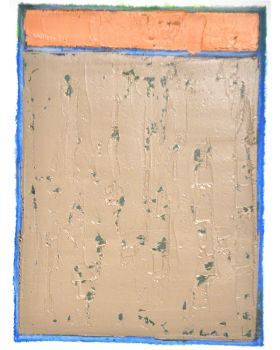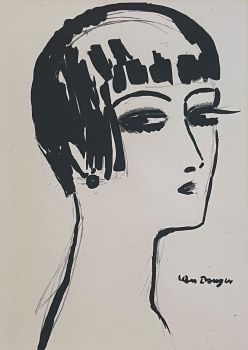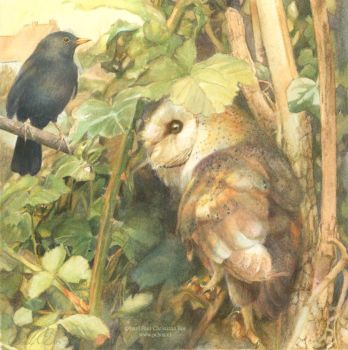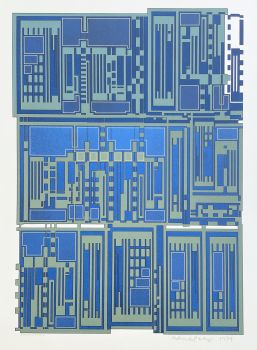14 hand-coloured aquatint plates of wonderful racehorses 1828
John Frederick Sr. Herring
TintaPapelAquarela
60 ⨯ 42 cm
Atualmente indisponível via Gallerease
- Sobre artePortraits of the winning horses of the Great St. Leger Stakes, at Doncaster, from the year 1815 to the present year inclusive.
London, S. and J. Fuller (printed by L. Harrison), [1828].
Imperial folio (60×42 cm).
With engraved vignette on the letterpress title-page, 14 hand-coloured aquatint plates by T. Sutherland and R. G. Reeve after Herring, each with information on a separate letterpress leaf. Contemporary plain boards with publisher's printed label wrapper-title on front board (rebacked with burgundy half morocco and matching corners).
"Extremely rare" (Tooley) 1828 edition of Herring's finest work, the outcome of his fascination with horse racing in general and the St. Leger Stake in particular. "In the writer's estimation, the first series of the St. Leger winners contains the very best of Herring prints . . . they were engraved by Sutherland, a more competent aquatinter and colourist than his successors who handled these race-horses" (Siltzer).
This is the second edition of this series of wonderful racehorse portraits.
Very slight offsetting to text. Boards darkened and worn at the edges, internally in fine condition and untrimmed. A rare work with beautiful horse plates and detailed information.
Cf. Podeschi 128 (1824 ed. with different title, with 10 plates plus extra plate for 1825); Siltzer 139-146 (various eds.). - Sobre artistaJohn Frederick Herring Sr. (1795, Londres - 1865), também conhecido como John Frederick Herring I, foi pintor, fabricante de letreiros e cocheiro. Herring era filho de um comerciante de Londres. Os primeiros dezoito anos da vida de Herring foram passados em Londres, onde seus maiores interesses eram o desenho e os cavalos. No ano de 1814 mudou-se para Doncaster. Em Doncaster, Inglaterra, Herring foi contratado como pintor de placas de estalagem e insígnias de carruagem nas laterais das carruagens, e seu contato posterior com uma empresa de propriedade de um certo Sr. Wood levou a Herring a trabalhar como motorista noturno. Herring passava seu tempo livre pintando retratos de cavalos para estalagens e ficou conhecido como o "cocheiro artista". O talento de Herring foi reconhecido por clientes ricos, e ele começou a pintar caçadores e cavalos de corrida para a nobreza. Em 1830 partiu para Newmarket, onde passou três anos antes de se mudar para Londres. De 1840 a 1841, Herring visitou Paris, pintando vários quadros, a convite do Duc d'Orléans (o Duque de Orleans). Em 1845, Herring foi nomeado Pintor de Animais da Duquesa de Kent, seguido por uma comissão da Rainha Vitória. Em 1853, Herring mudou-se para Kent e parou de pintar retratos de cavalos. Ele passou os últimos 12 anos de sua vida no Meopham Park. Em seguida, ele ampliou seu assunto pintando cenas agrícolas, quadros narrativos e trabalhos esportivos de caça, corrida e tiro. Herring se classifica junto com Edwin Landseer como um dos pintores de animais mais eminentes de meados do século XIX. Ele expôs na Royal Academy de 1818 a 1865 e na Society of British Artist no período de 1836 a 1852.
Artwork details
Categoria
Assuntos]
Estilo
Material e Técnica
Cor
Related artworks
Albert Clouard
Élégante à la cape (Elegant lady with a cloak)1866 - 1900
Preço em pedidoKunsthandel Pygmalion
1 - 4 / 24Tilmanus Nicolaus Maastricht
Missale Romanum com montagens de prata holandesa1788 - 1792
Preço em pedidoJacob J. Roosjen SRI
Engelbert Kaempfer
LIVRO ENGELBERT KAEMPFER1651 - 1716
Preço em pedidoZebregs & Röell - Fine Art - Antiques
LAWRENCE WEINER
"SKIMMING THE WATER [MENAGE A QUATRE]" Signed book plus small artwork2010 - 2014
Preço em pedidoGallerease Selected
Yoko Ono
YOKO ONO: "ARISING" SIGNED BOOK PLUS SMALL ARTWORK 2010 - 2014
Preço em pedidoGallerease Selected
1 - 4 / 22Willem Witsen
Waiting carriages in front of Waterloo Bridge1850 - 1900
Preço em pedidoKunsthandel Pygmalion
1 - 4 / 24Herman Bogman jr.
Flower still life of a nasturtium in a blue vase1950 - 1965
Preço em pedidoAdelwein Kunst
1 - 4 / 24

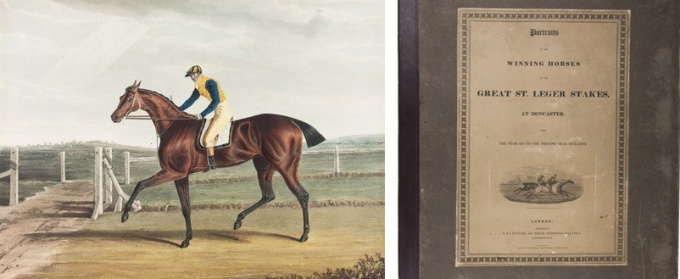












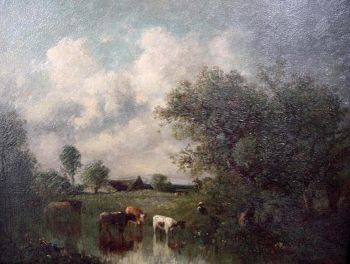


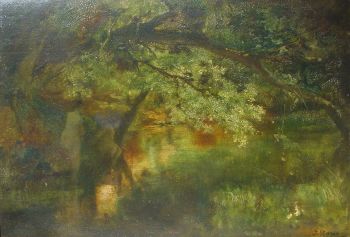



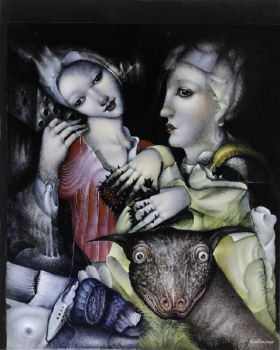
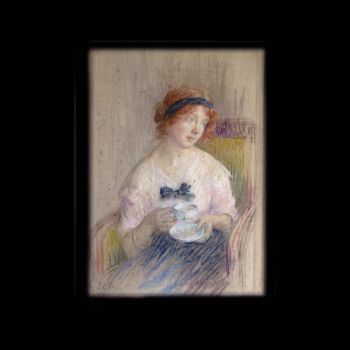
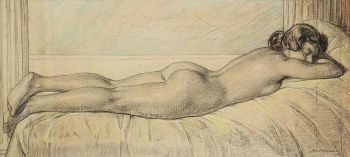





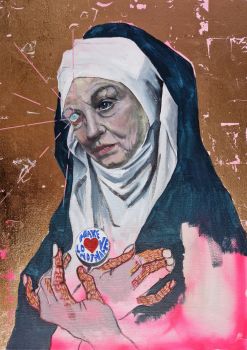

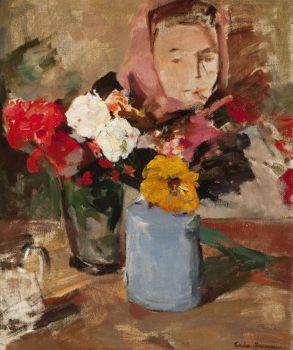
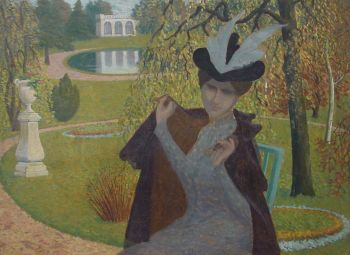









!["SKIMMING THE WATER [MENAGE A QUATRE]" Signed book plus small artwork by LAWRENCE WEINER](https://media-2.gallerease.com/images/442bfd5f-fc31-4e18-a2fa-ee0c08eade64/350x350/skimming-the-water-menage-a-quatre-signed-book-plus-small-artwork.jpg)









